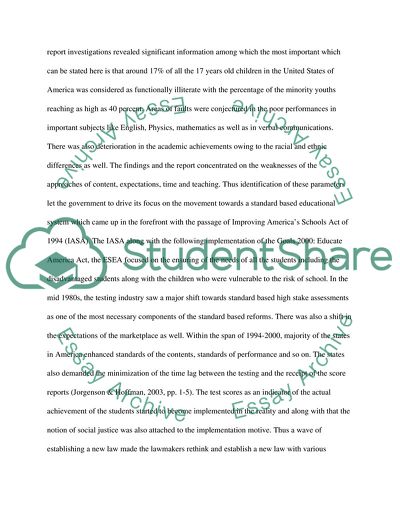Cite this document
(Inclusive Education and the No Child Left Behind Act Literature review Example | Topics and Well Written Essays - 1250 words, n.d.)
Inclusive Education and the No Child Left Behind Act Literature review Example | Topics and Well Written Essays - 1250 words. https://studentshare.org/education/1778949-no-child-left-behind-act
Inclusive Education and the No Child Left Behind Act Literature review Example | Topics and Well Written Essays - 1250 words. https://studentshare.org/education/1778949-no-child-left-behind-act
(Inclusive Education and the No Child Left Behind Act Literature Review Example | Topics and Well Written Essays - 1250 Words)
Inclusive Education and the No Child Left Behind Act Literature Review Example | Topics and Well Written Essays - 1250 Words. https://studentshare.org/education/1778949-no-child-left-behind-act.
Inclusive Education and the No Child Left Behind Act Literature Review Example | Topics and Well Written Essays - 1250 Words. https://studentshare.org/education/1778949-no-child-left-behind-act.
“Inclusive Education and the No Child Left Behind Act Literature Review Example | Topics and Well Written Essays - 1250 Words”. https://studentshare.org/education/1778949-no-child-left-behind-act.


